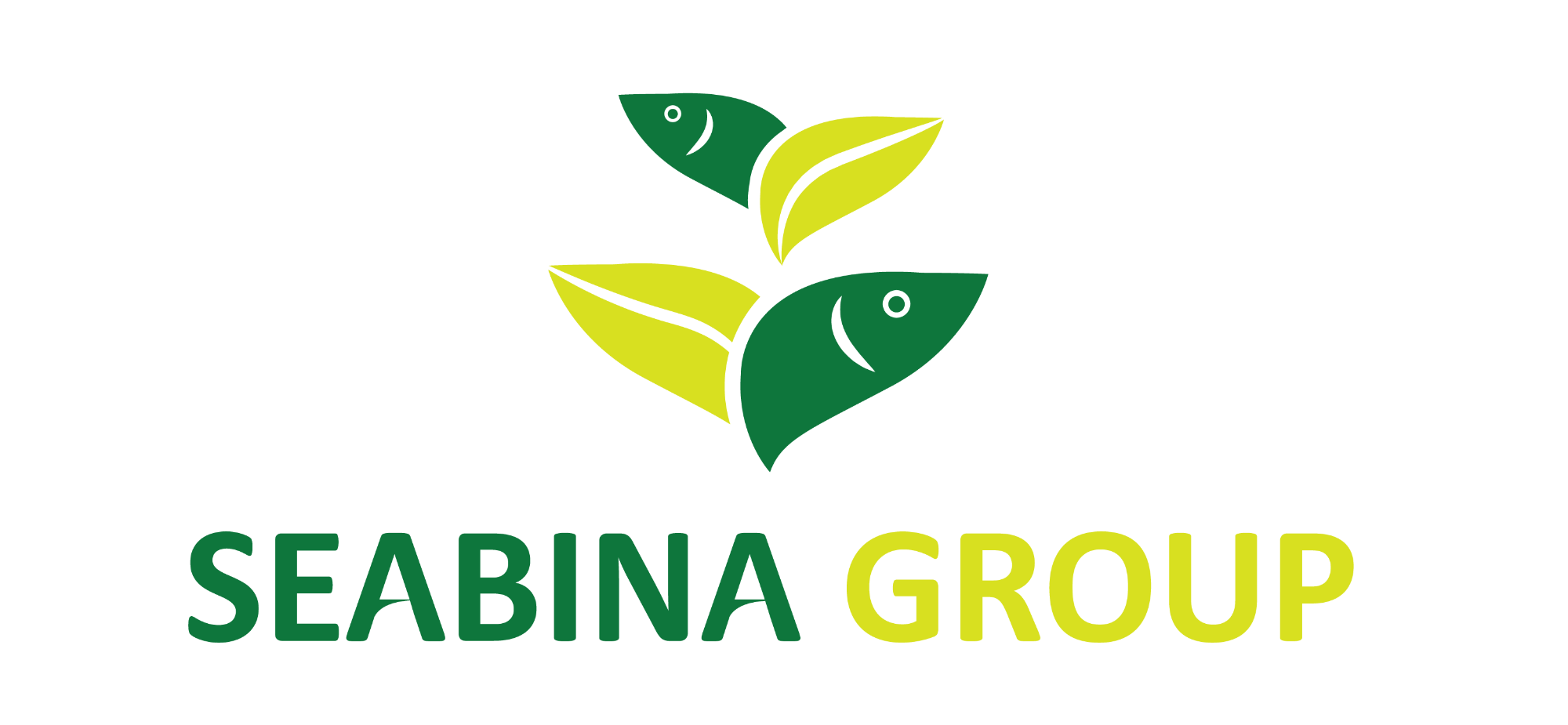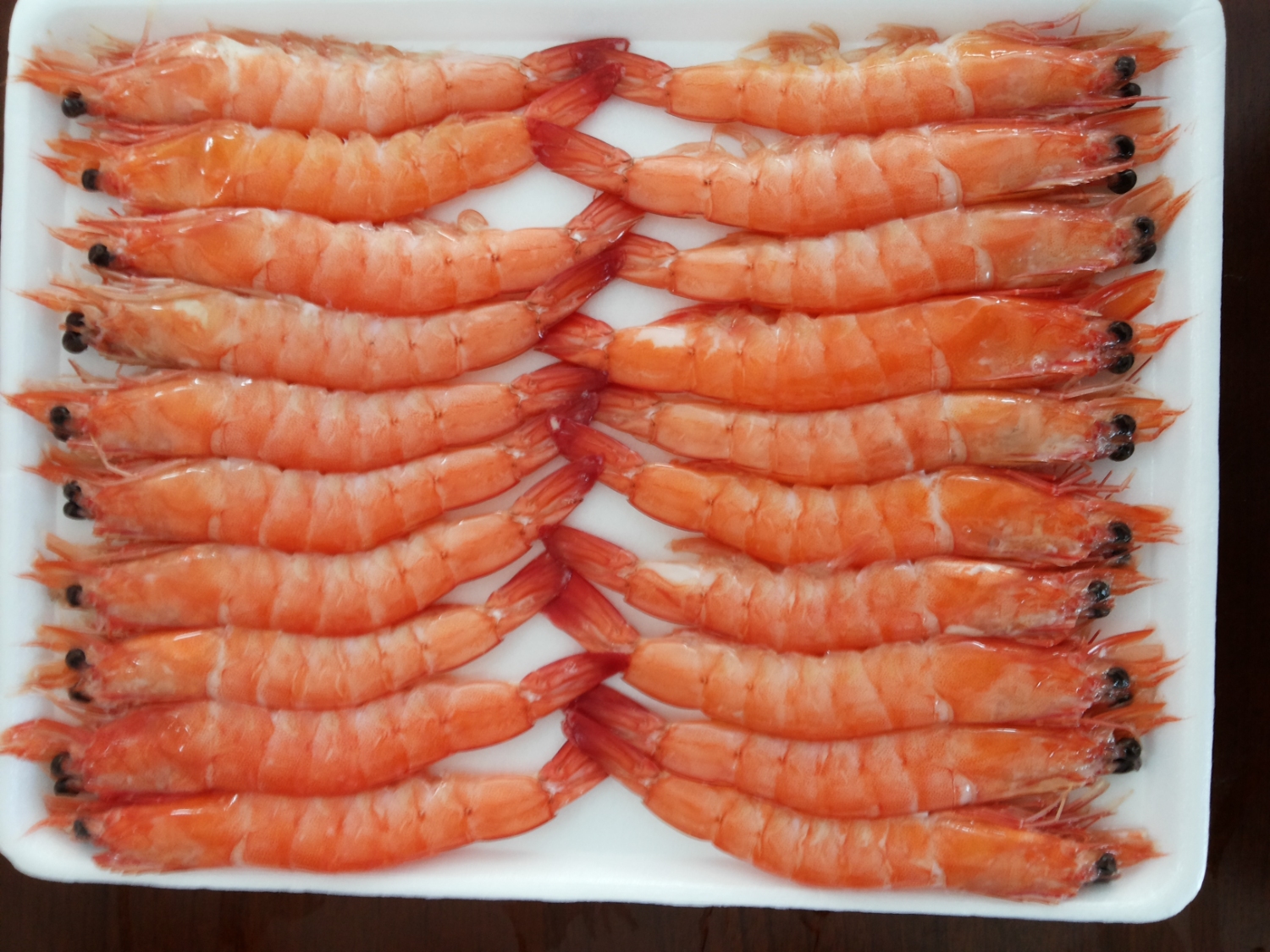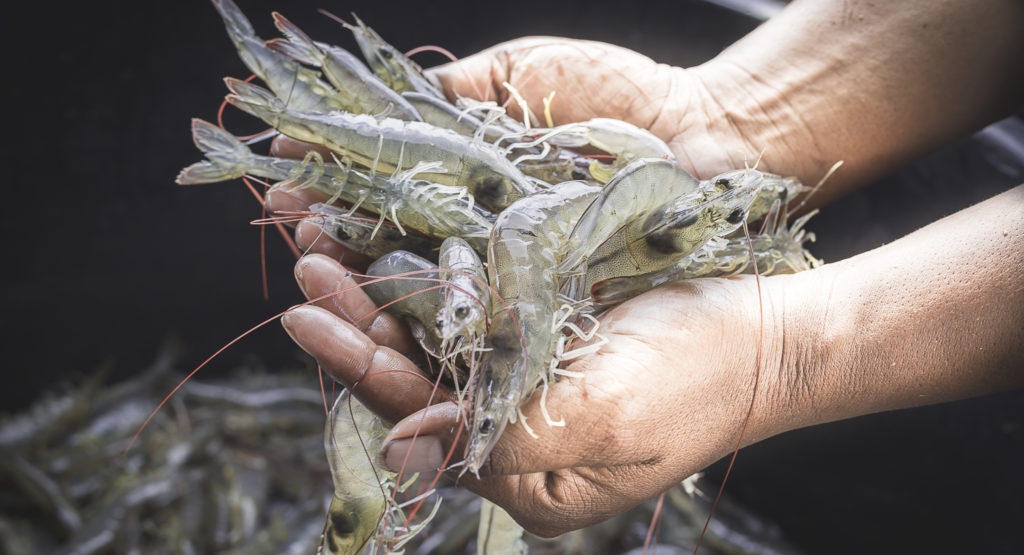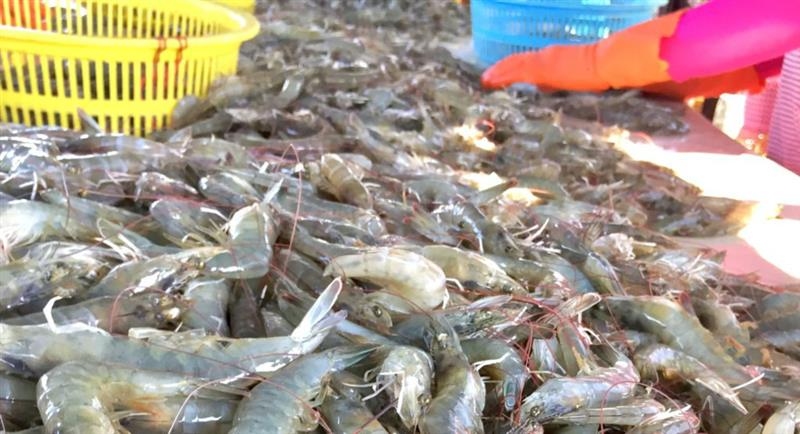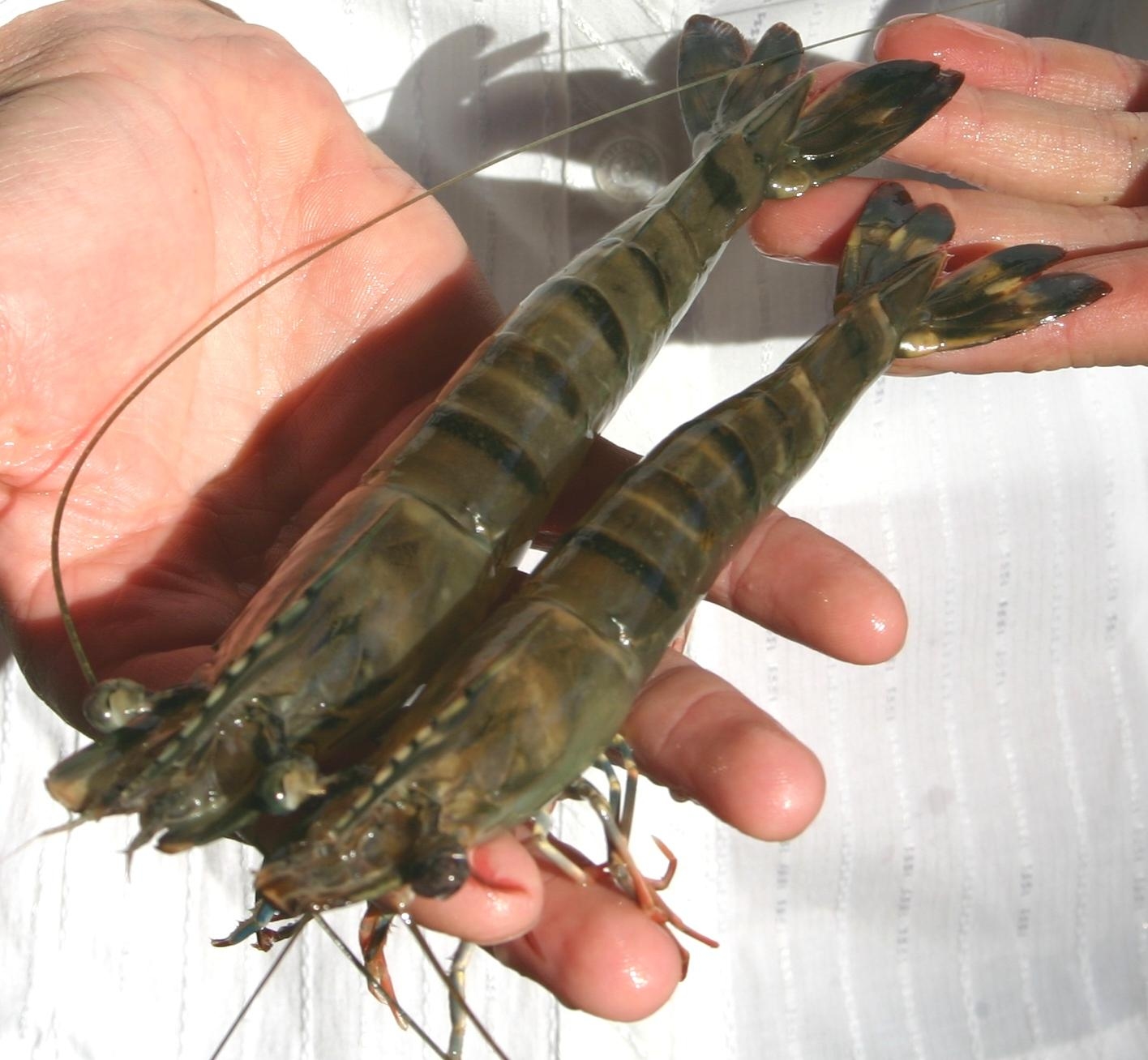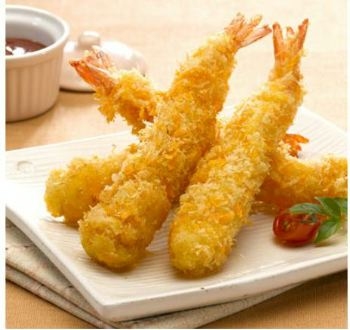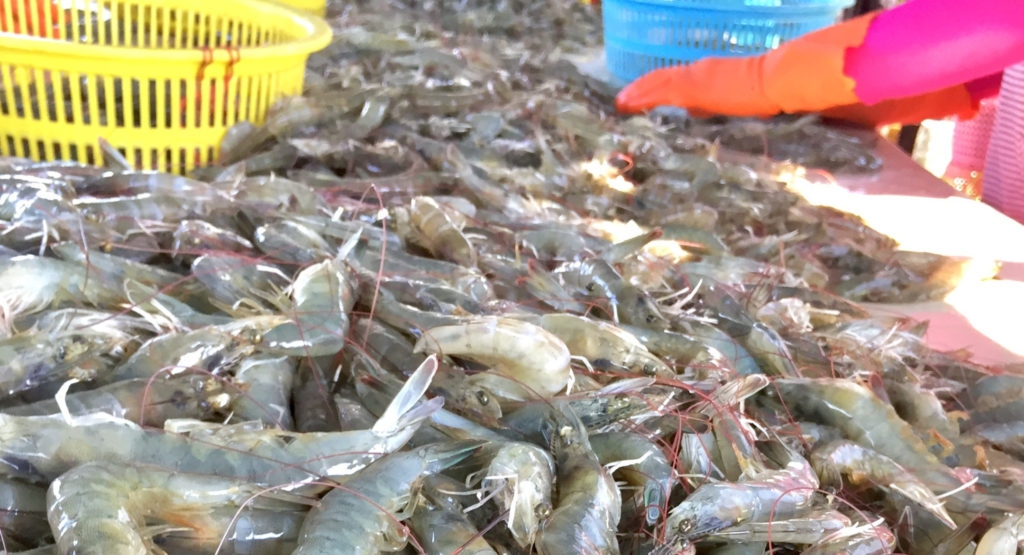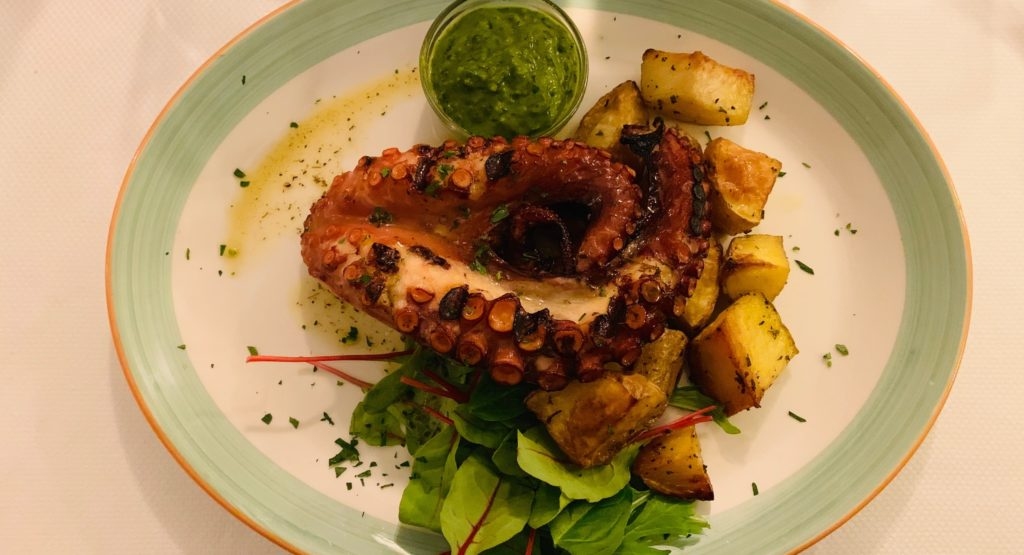
Animal Health and Welfare in Aquaculture
Animal Health and Welfare in Aquaculture
As the aquaculture industry continues to grow, more considerations throughout the production cycle of farmed seafood arise. Animal health and welfare is a vital component of aquaculture, and is greatly impacted by environmental conditions and the basics of aquaculture.
Throughout history, producers have learned about animal husbandry through direct observation, as with cows and pigs, etc. However, as aquatic animals live underwater, direct observation has not been possible until recently. New technology has allowed producers to get a better look into their animals’ well being, and in turn, take better care of them.
"These are sentient animals, there is a responsibility on the farmer to practice good husbandry and to keep the welfare of the animals in mind. Because we are farming them and responsible for their whole life cycle, we have a responsibility there. We count animal welfare as critical to delivering responsibly produced, modern products."
– Dan Lee, Standards Coordinator of GAA

Vannamei shrimp farm, Photo: SEABINA GROUP
Water quality
Water quality is considered to be one of the most important factors contributing to fish health. Fish have an intimate relationship with their environment. They are in close contact with their surroundings, making them sensitive to pollution and poor water quality.
Stocking density
Fish naturally exist and flourish within schools — they are different from terrestrial animals. They gravitate toward living in conditions in close quarters. However, with that being said, every system has a carrying capacity and should not be overstocked. Overly dense areas of production can have a negative impact on the farmed animal’s health and welfare. Every species is different in this respect — no one density ratio works for all.
Disease control
Unfortunately, when any type of animal is surrounded by other animals, disease outbreaks can occasionally happen. One of the main issues consumers hear about farmed fish is that they contain antibiotics, and therefore are unhealthy for humans to eat.
Naturally, if their animals contract diseases, producers want to mitigate it as efficiently as possible. In some cases, the most humane way to do so is with antibiotics. The judicious usage of antibiotics is the best route for certain cases. It can be what is best for the animal and will help them recover.
Judicious use of antibiotics, best management practices, and regulations include a withdrawal period in which the fish cannot be harvested while medicine is still in their system. Withdrawal periods are set by governing agencies such as the US Food and Drug Administration (FDA).
Certification programs
The best avenue the aquaculture industry has come up with to monitor these variables is through certification programs. Certification programs like Best Aquaculture Practices (BAP) and Aquaculture Stewardship Council have created strict standards that producers must meet across the production cycle. The BAP certification program holds annual audits for facilities. Auditors hold the companies’ practices up against the standards on animal health and welfare, in addition to the other three pillars of sustainability. Companies do not receive their certification unless each of the standards are met.
As mentioned previously, blanket sets of standards for all species will not produce meaningful results. This is why BAP has different standards for individual farmed species. Certification programs have become the policing system within the industry. Certifications allow consumers to feel confident in their seafood purchases.
Technology
As the industry continues to progress, new technologies continue to develop, making seafood farming more efficient and ensuring animals’ welfare along the production chain. Three primary types of technology have moved the industry along. Drones can be utilized for monitoring offshore fish farms or inspecting cages for damage. Sensors monitor underwater data such as water pH, salinity, oxygen levels, turbidity and pollutants (examples: Osmobot, eFishery, Sense-T, BiOceanOr). Finally, blockchain, which is a series of records of transactions across the supply chain, has enabled consumers to have access to transparency into where their seafood comes from.
Conclusion
Successful fish farmers understand the signs of stress in their fish and work to understand and minimize them. Animals’ stress can lead to disease outbreaks and losses of animals, which not only financially hurts the producer, but it is also harmful to the animals. As these results are bad for the animal and producer, it is in the producer’s best interest to ensure that their animals are happy and healthy.
Animal health and welfare policies may seem overwhelming at first glance. There are so many species involved in the seafood industry that no one solution can help every single species. A positive development for finfish might end up harming shrimp. What’s best for one species is not necessarily best for all. For this reason, aquaculture includes a huge variety of species farmed in varying production systems (cages, ponds, RAS, etc.). Meaningful progress to improve animal health and welfare must come from a place of extreme understanding of the species at hand.
Source: aquaculturealliance.org
Other news
- A recovery for the shrimp market? 17/04/2024
- Shrimp market: Fear of inflation and declining demand 22/10/2022
- Summer demand remains strong in the United States of America and Europe 08/11/2021
- Global supply chains are being battered by fresh COVID surges 18/08/2021
- Pangasius Imports Outpacing Tilapia 10/08/2021
- Growth in India's Shrimp Production and Exports 08/08/2021
- Decline in shrimp exports to China makes shrimps cheaper in India for domestic market 03/08/2021
- Rabobank sees plenty of positives for both shrimp and salmon sectors 29/07/2021
- Asia’s Shrimp Connoisseurs: Japan, Taiwan And South Korea 02/07/2021
- Latest Vannamei in India update 01/07/2021
